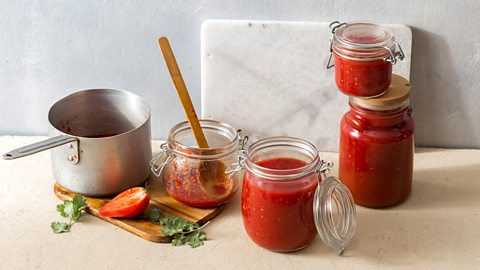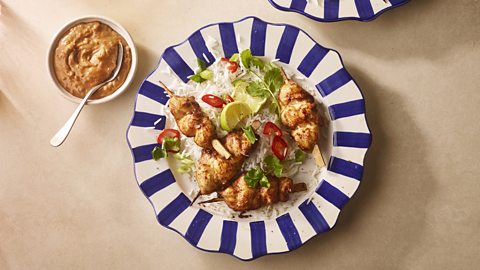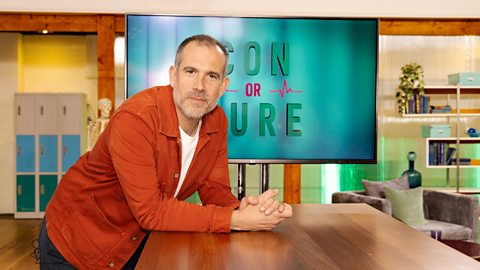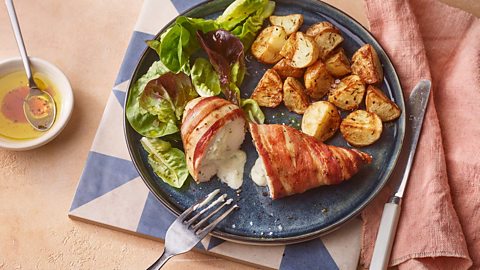What is red meat and is it bad for you?
Exactly what meats are classed as red? And is it bad for you or could there be some health benefits to eating it regularly? Here’s what the experts say…
By Sue Quinn
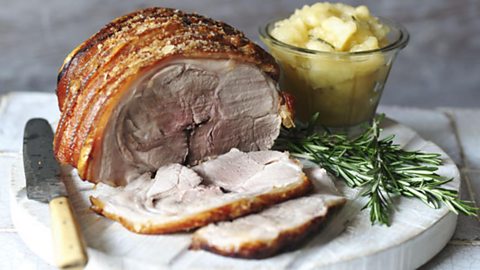
It’s difficult to know where red meat fits into a healthy diet these days. Experts say it contains valuable nutrients, but they also recommend limiting how much of it we eat because of potential health risks. So, on balance, are there health benefits to eating red meat or not?
Red meat comes from the muscles of mammals and includes beef, veal, pork, lamb, mutton, venison, and goat. It doesn’t include poultry, game birds, or offal. As a nation, we’re eating less of it than we once did.
A 2021 UK study found red meat consumption fell by almost 14g to 23.7g per day between 2008 and 2019. Why are we turning away from a traditional British staple?
“People have concerns about the environment, but stronger than that are animal welfare concerns,” says Alice Stanton, Professor of Cardiovascular Therapeutics at Dublin’s School of Pharmacy and Biomolecular Sciences, who is also a member of the Irish Climate and Health Coalition, the World Action against Salt, Sugar, and Health (WASSH), Meat Technology Ireland, and the Scientific Council of the World Farmers Organisation.
“Cost is another enormous factor, because red meat is expensive,” she adds.
With so many plant-based alternatives to choose from, some people opt for these over meat because they think they’re healthier. “There is a general belief that red meat is bad for you,” Stanton says. “But the situation isn’t black and white.”
Experts – including Stanton – highlight that red meat is rich in vitamins and minerals that are easily absorbed and used by the body, along with other nutrients and chemicals that support our health. But there is some evidence that when eaten in excess, red meat may not be good for us. That’s why government recommendations aim to limit our intake of red or processed meat to a maximum of 70g a day (cooked weight).
Nutrients in red meat
Protein
Red meat is an excellent source of high-quality protein, with around 30g of protein per 100g of meat.
“A high-quality protein means it has all the essential amino acids – the building blocks of protein that the body can’t make – in the amounts that we need,” says Bridget Benelam, a nutrition scientist at the British Nutrition Foundation.
Although lots of foods contain some protein, the type, quantity and overall quality varies. “When we eat red meat, we provide the body with the right balance of amino acids, which then go on to form both structural and messenger proteins,” Stanton says. Messenger proteins help our cells, tissues, and organs communicate, while structural proteins help shape our cells and tissues.
Skirt steak, or bavette, is a reasonably cheap, leaner cut of beef and this Nigella recipe for tamarind-marinated bavette steak is popular
Our bodies need high-quality protein, Stanton says, and it’s particularly important at key life stages, including when children are young and also during pregnancy.
It’s possible to get the right balance of all the amino acids from plant foods if we carefully include legumes and nuts in our diet.
Spicy tofu and edamame beans
If you’re keen to eat less – or no – meat, this vegetarian dish comes with lots of protein due to both the tofu and edamame beans

The BDA (Association of UK Dietitians) says: “You can easily meet protein needs by eating protein-rich foods.
“These include lentils, beans, chickpeas, seeds, nuts and nut butters (e.g. peanut butter), tofu and tempeh. Eggs and dairy are also good sources if you eat these.”
Iron
Red meat is a rich source of iron, an important nutrient for making red blood cells. The type of iron in red meat – haem iron – is particularly beneficial, Stanton says.
5-ingredient sausage pasta
With pasta and sausages this is a good budget-friendly family option
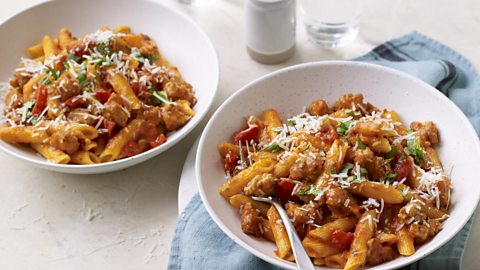
“It’s five times more likely to be absorbed into the body than non-haem iron,” she explains.
Not only do plant foods lack haem-iron, but some also contain chemicals called phytates that reduce the absorption of non-haem iron.
“For example, legumes contain phytates, which bind to the iron and make it unabsorbable,” Stanton says.
There’s evidence suggesting that, while vegans and vegetarians may eat the same amount of iron as meat-eaters, they tend to have less iron in their blood.
The BDA advises that: “Eating plant-based non-haem iron with animal protein foods and foods containing vitamin C can help your body absorb the iron.”
However, consuming high levels of haem iron has been associated with an increased risk of cardiovascular disease.
"It’s not known exactly why haem iron might increase risk of cardiovascular disease but it may be because high levels could lead to oxidative damage and inflammation. These factors can contribute to the process of atherosclerosis, the ‘furring up’ of the arteries that can lead to a heart attack or stroke,” says Benelam.
Zinc
In the UK, red meat and animal foods are ‘significant’ sources of zinc, contributing around 30% of our intake.The mineral helps the body produce new cells and enzymes, heal wounds, maintain a healthy immune system, and metabolise food.
As with iron, some chemical compounds in plant foods reduce zinc absorption.
Vitamin B12
Vitamin B12 is vital for our nervous system and for forming red blood cells and DNA. It is only found in animal products, including red meat, poultry, eggs, dairy, and seafood. “Meat is quite a key source of Vitamin B12 in the UK,” Benelam says.
Yoghurt bark
According to Harvard University, low-fat, plain Greek yoghurt is a good source of B12 and if you have a sweet tooth this recipe is a good option to make the most of it

Around 11% of those following vegan diets are thought to be deficient in vitamin B12.
If you are following a vegan diet, the NHS suggests having fortified foods or supplements containing nutrients that are more difficult to get from food, including vitamin B12.
Health risks associated with red meat
In 2015, the World Health Organisation’s International Agency for Research on Cancer (IARC) classified red meat as ‘probably carcinogenic’ based on limited evidence. This means there’s a link between red meat and cancer (mainly colorectal cancer), but there may be other explanations.
The associations between processed meat and cancer are stronger and it is categorised as ‘carcinogenic’.
Processed meat has been altered by smoking, curing, salting, or adding preservatives. Bacon, some sausages (those that contain preservatives or other additives), salami, ham, and pâté are all examples.
“It appears sensible to eat red meat and processed meat in moderate amounts,” Stanton says.
Stanton stresses it’s important to leave room in your diet for plenty of fresh fruit, vegetables, fish, legumes, seeds and nuts. There is some evidence that the potential health risks of consuming red and processed meat can be reduced by eating a diet rich in non-starchy vegetables and fruit.
The NHS states one reason to limit the amount of red and processed meat we eat that it contains a lot of saturated fat, which is linked to high levels of ‘bad’ cholesterol and an increased risk of heart disease.
Dietitian and BDA spokesperson, Aisling Pigott, says it's wise to limit your intake of red meat due to the amount of saturated fat it contains: "We know that high intakes of saturated fat are associated with higher risk of raised cholesterol. Whilst more recent evidence has shown that dietary quality and level of processing has an overall impact on cardiovascular health, it’s not a free pass on red meat. Moderate consumption is important for heart health.”
The NHS recommends limiting consumption of red and processed meat to a maximum of 70g a day. You can cut down by eating smaller portions or consuming red meat less often.
Originally published August 2024. Updated September 2024
